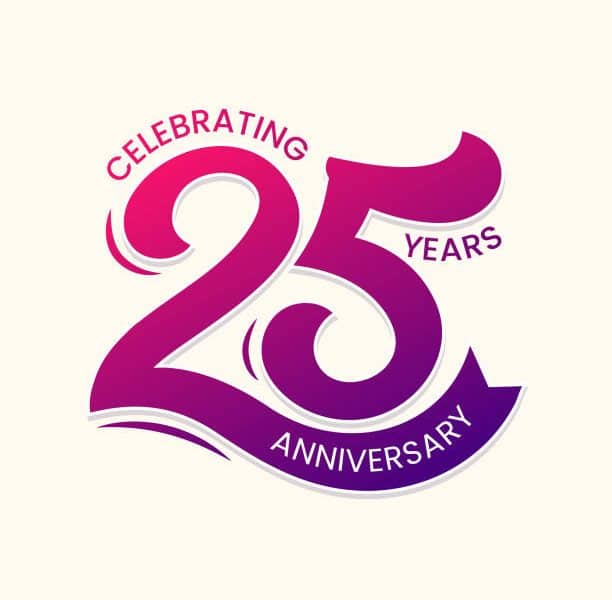

Credit: Andrew Kalat on Flickr, under Creative Commons (CC BY-ND 2.0).
(WOMENSENEWS)– The story of the Sperry Trail crew is the story of women. In a field where “boys” outnumber “girls” by roughly the same margin as in childhood sandlot baseball games, the Sperry district–one of the alpine kingdoms on Glacier’s west side–was, during my trails tenure, run by women.
I stumbled into this lineage my first season, following Reba around the district with a tool in each hand, trying to keep up with her nimble feet and constant stream of chatter. She seemed to me back then as salty as they came, a feisty woman with a dirty mouth who loved to ski and worked her summer job to support her winter habit. 
She tromped along taut ridgelines strung across sky and she told stories: Abby built that retaining wall with a broken thumb. The Middle Fork guys climb peaks on the clock every single hitch! If so-and-so sharpens the saw, he still puts the chain on backward damn near every time. Once Danny got lost while he was taking a dump, hilarious! If you tell we got the saw stuck twice on the same tree, I’ll deny it!
Sometimes she complained and when unsure of herself she could lash out mean, but Reba told on herself with at least as much fervor as she told on everyone else, a reflexive cackle that kept her just this side of gossip. She hoisted trails lore like a glass for a toast, and I was thirsty for it.
Memorable Crew Members
Other women were more peripheral than my first crew leader, but no less memorable. Sherri was barely 5 feet tall and could outdrink men twice her size; plus she could take apart and reassemble a chainsaw without losing a screw or e-clip, a skill I appreciated more once I’d lost a few myself. After law school, Sherri realized she didn’t want to be a lawyer, so she started working seasonally to pay off student loans. I wouldn’t be surprised if she’s doing it still.
Annie was smart and lithe with a handful of advanced degrees and a wicked sewing habit. She made costumes for a big-city opera in the winter and patched worn Carhartts with artistic flair. One year, she sewed hiking kilts for her crew, pleated nylon complete with Fastek buckles. Annie was quirky, with crushes on new boys every year, but was most faithful to her mountain bike, which she rode, fearless, leaving her dates in the dust with skinned knees, hearts pounding.
Then there was Abby, a legend by the time I arrived. She’d been a crew leader for years, and she left Glacier my second season for a trails job in Alaska. Abby had the kind of upper-body strength most women never attain. She ran ultramarathons before they were hip and baked memorable brownies. She wielded the chainsaw fast, slashing through limbs above her head, putting in face cuts in seconds. People spoke of her respectfully; she was competent, but also a little rash. Who knew what she’d do?
Friends and Role Models
I apprenticed myself to these women. I studied them, envied their tight-veined hands, tanned wrinkles shooting from their eyes, their easy cussing and the way they strode in their logging boots. At first, I felt pale and skinny in contrast, my hands soft from books, bootlaces always untied. I couldn’t ski. I hated Miller Lite. Years later, now that I’ve been the longtimer younger women looked to, I wonder if Reba and Annie and Abby and Sherri felt like role models. Whether they guessed I wanted what they had, even if I didn’t know exactly what it was.
Sixteen years after our first season together, Reba is still a friend. She’s a nurse now, and lives south of Glacier with two lively girls and her husband, Rob, a timber framer. Their annual Christmas letters boast photos of Reba hiking in the park with her daughters, past rock walls we built. Annie writes me a postcard once in a while. She’s been back to school again, had what our mothers call a “real job” in the Midwest, but kept her house in Montana. Abby and Sherri moved on to other parks and we haven’t been in touch.
But when I sharpen a hand tool or drop my knee into a telemark turn, when I teach a newbie to place rocks in a wall that will outlast us both, I think of those women in their flannel shirts and tank tops and work pants, marching around in the sun, packs over their shoulders, modeling for me a possibility. I didn’t know then about their worries and insecurities, didn’t guess about the eating disorder, fights with a new husband, the joints wearing out, wanting to fall in love for real. Later, I’d see their faults–short-tempered, quick to blame–and also the fullness that comes from vulnerability.
But first, I saw toughness, that assurance and vigor. I couldn’t take my eyes off it.
Excerpted from “Dirt Work: An Education in the Woods,” by Christine Byl (Beacon Press, 2013). Reprinted with permission from Beacon Press.
Christine Byl lives off the grid, in a yurt on a few acres of tundra, just north of Denali National Park in Healy, Alaska. She and her husband run a trail-design and construction business. She received her MFA in fiction from the University of Alaska-Anchorage, and her prose has appeared in many literary magazines, journals and anthologies.
For More Information:
Buy the Book, “Dirt Work: An Education in the Woods“:
http://www.powells.com/partner/34289/biblio/9780807001004?p_cv
Would you like to Comment but not sure how? Visit our help page at https://womensenews.org/help-making-comments-womens-enews-stories.
Would you like to Send Along a Link of This Story? https://womensenews.org/story/books/130201/1994-mugging-reveals-rosa-parks-true-character


